


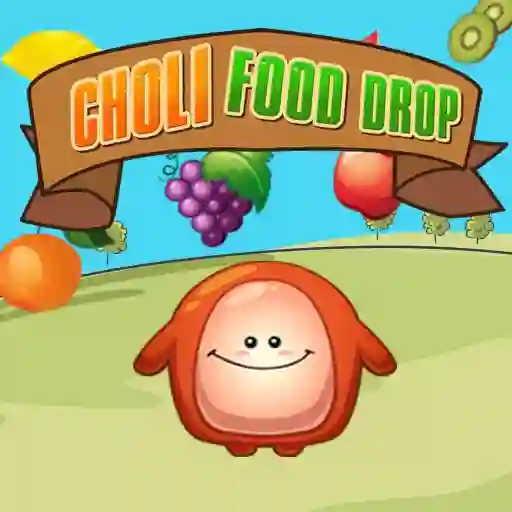


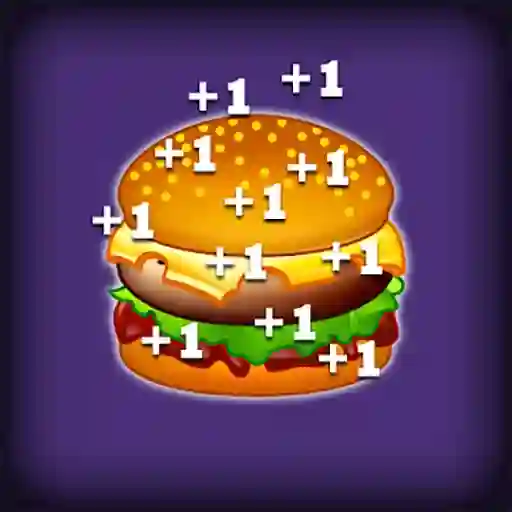







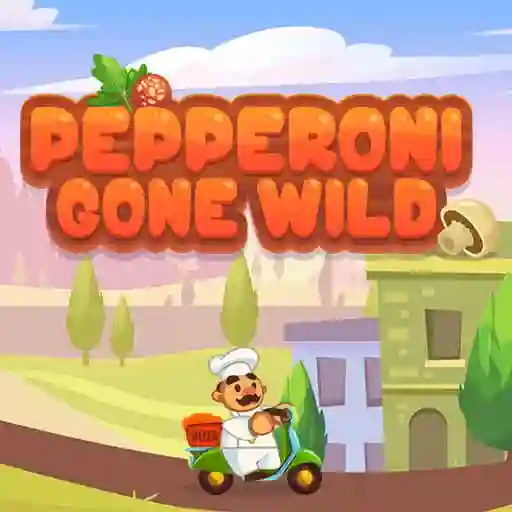




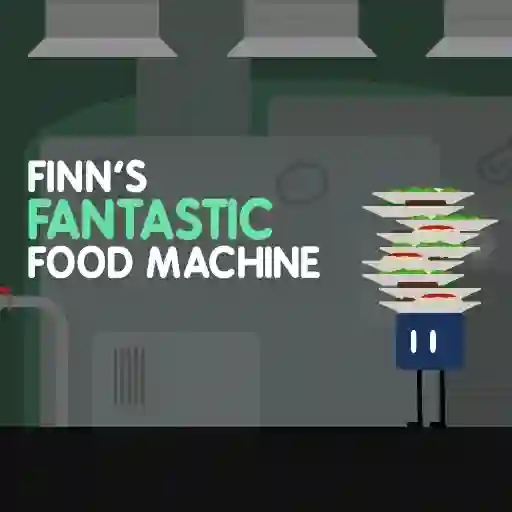




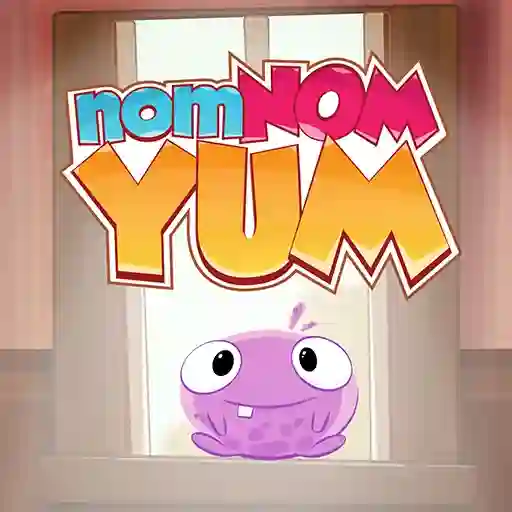








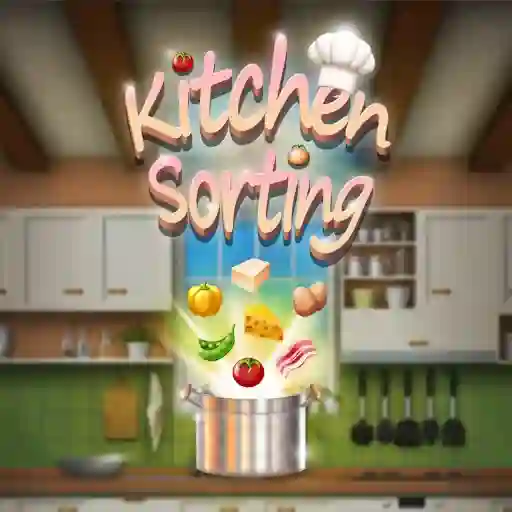






Food games are a genre of video games that revolve around cooking, managing restaurants, farming, and other culinary-related activities. These games are designed to be both entertaining and immersive, often combining elements of puzzle, simulation, and strategy. Players can engage in activities such as preparing recipes, serving customers, growing ingredients, and competing in cooking challenges. Food games cater to a wide audience, offering a mix of relaxation and excitement.
Key features of food games include: • Cooking Mechanics: Players can chop, fry, bake, and mix ingredients to create dishes. • Restaurant Management: Manage staff, decorate dining areas, and balance budgets to run a successful eatery. • Puzzle Elements: Match ingredients, solve time-based challenges, or complete levels to progress. • Customization: Upgrade kitchens, unlock new recipes, and personalize your culinary space. • Multiplayer Modes: Compete or collaborate with friends in cooking challenges. • Realistic or Fantastical Settings: Games can range from realistic kitchen simulations to whimsical food-themed worlds.
What are some popular food games?
Popular food games include Diner Dash, Cooking Fever, Overcooked, and Stardew Valley. These games offer a variety of gameplay styles, from fast-paced time management to relaxing farming and cooking experiences.
Do food games teach real cooking skills?
While some food games include realistic cooking mechanics, they are not substitutes for real culinary training. However, they can introduce players to basic concepts like ingredient combinations, cooking times, and kitchen tools.
Are food games suitable for all ages?
Yes, food games are generally suitable for all ages. They often feature colorful graphics, simple gameplay, and non-violent themes. Players of any skill level, from children to adults, can enjoy them.